Nesebar in Bulgaria is a historic town on the Black Sea, with an old town centre that is a UNESCO World Heritage Site. Here you can see lots of churches and ruins, but also enjoy browsing in small shops, eating Bulgarian food in outdoor cafes or hanging out on the beach.
Table of contents
Nesebar in Bulgaria
Nesebar in Bulgaria is a settlement more than 3200 years old, which was already an important trading centre in the 5th century BC. Originally part of the historical kingdom of Thrace, it was later conquered by the Greeks, Romans, Bulgarians and Ottomans and was for a time an important city for the Byzantine Empire. Today it is a historically exciting, but also cosy, small town in Bulgaria.
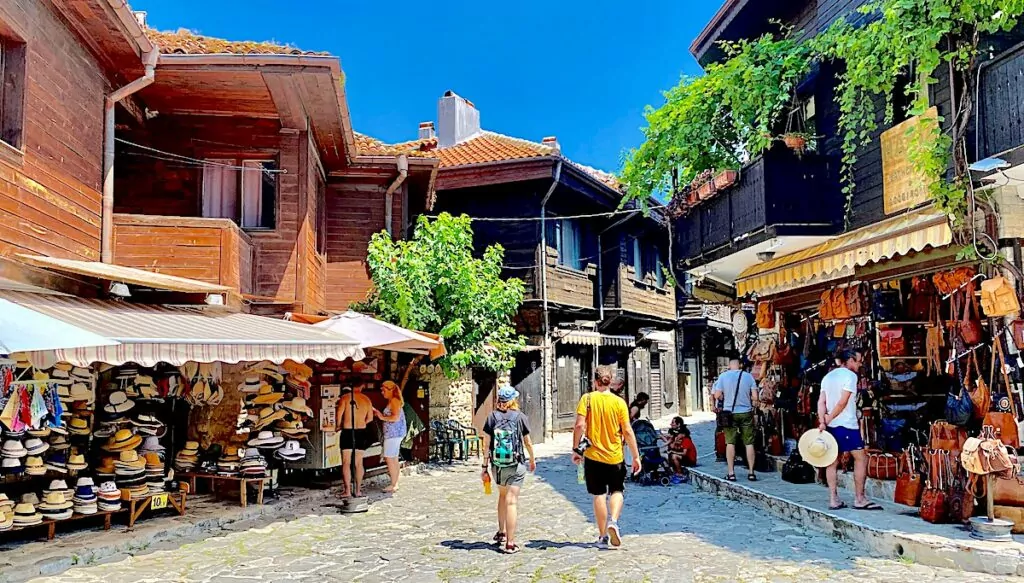
Nesebar is located on the Black Sea, just south of the famous Sunny Beach. The town is about 10 kilometres south of the larger city of Varna, and about 40 kilometres east of the capital. Sofia.
What to see and do in Nesebar?
We strolled around Nesebar for a full day with a local guide, and here are our top tips. If you have more tips, please leave a comment!
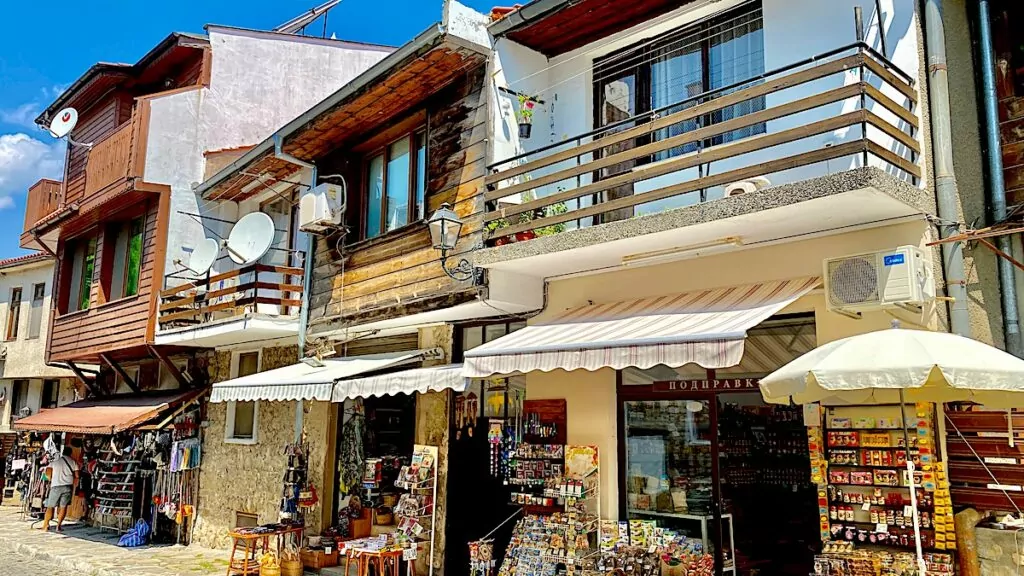
1. Discover the Old Town of Nesebar - Unesco World Heritage Site
The old town of Nesebar is located on a small peninsula, connected to the rest of Nesebar by a narrow crossing. Listed as a UNESCO World Heritage Site in 1983, the town is full of historic buildings, monuments and ruins.
If you like churches, you can definitely get your fill - there are about 40 Greek Orthodox churches here. You can also notice the wooden houses, built in the 19th century and typical of the architectural style of the Black Sea at that time.
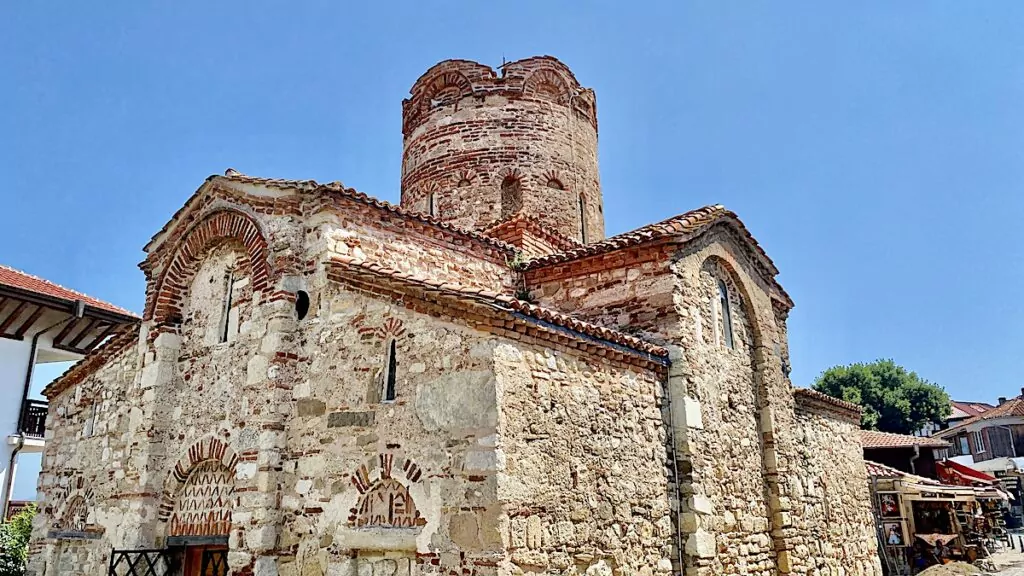
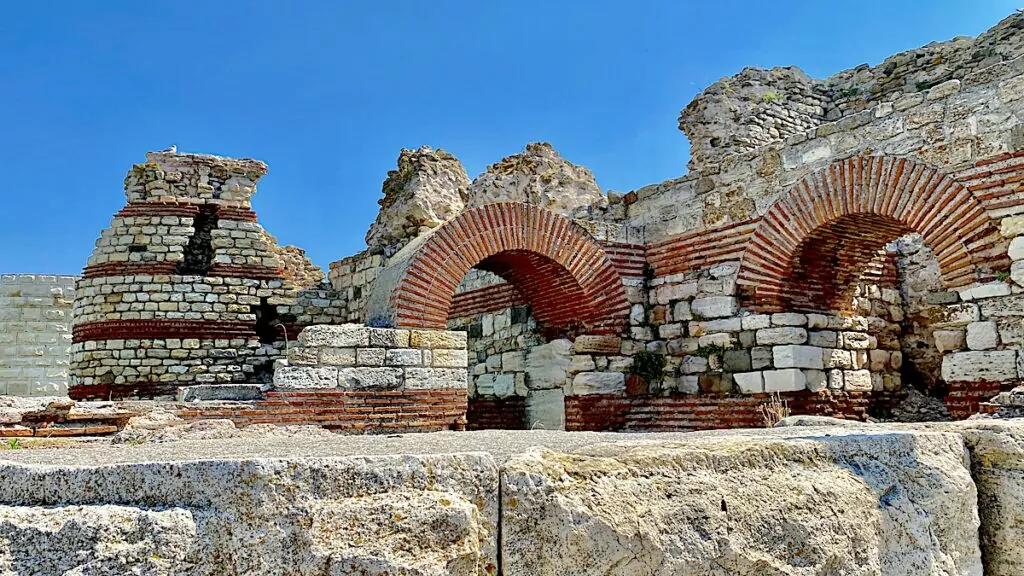
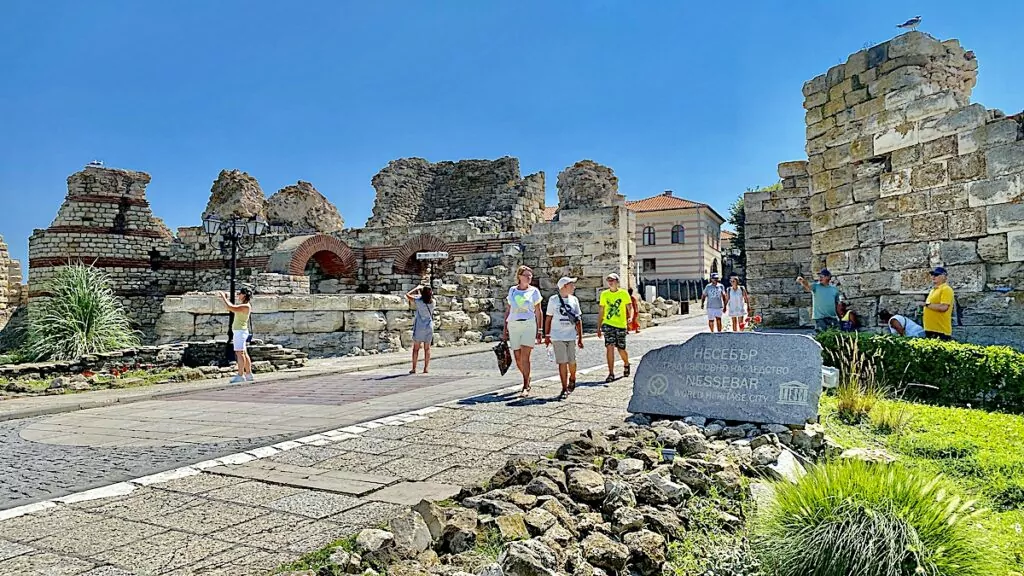
2. check out the church "Church of Christ Pantocrator"
Perhaps one of the most beautiful churches you can see in Nesebar is the Church of Christ Pantocrator. We use the English names of the churches here because it is difficult to find Swedish names, and because the Bulgarians themselves use the Cyrillic alphabet, i.e. the same letters used in Russian. This church was completed in the 13th or 14th century.
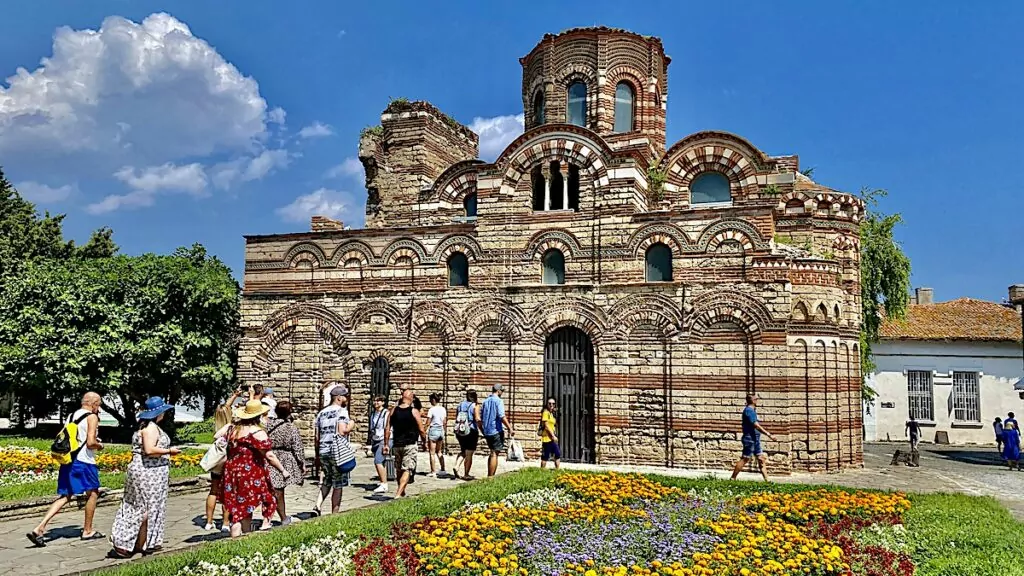
3. spana in "Church of Saint Sophia"
Another powerful church, or rather church ruin, is the ruin of the 'Church of Saint Sophia'. This church was built in the late 4th/early 5th century, and was later rebuilt in the 8th century. The church was abandoned in the 18th century.
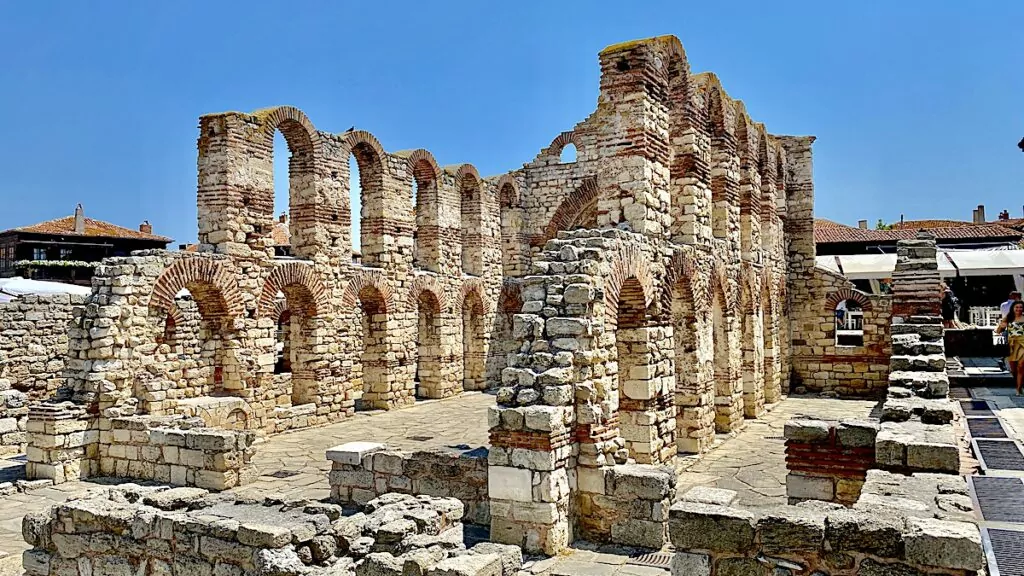
4. See the ruins of ancient bathhouses
Not only did people go to church in the past, but they also needed to wash themselves from time to time. Most people had limited opportunities to wash at home, so going to a bathhouse was ideal. During excavations in the 1970s and 1980s, ruins of an early Byzantine bathhouse were found. The baths were built under the Byzantine Emperor Justinian I, who ruled between 527 and 565.
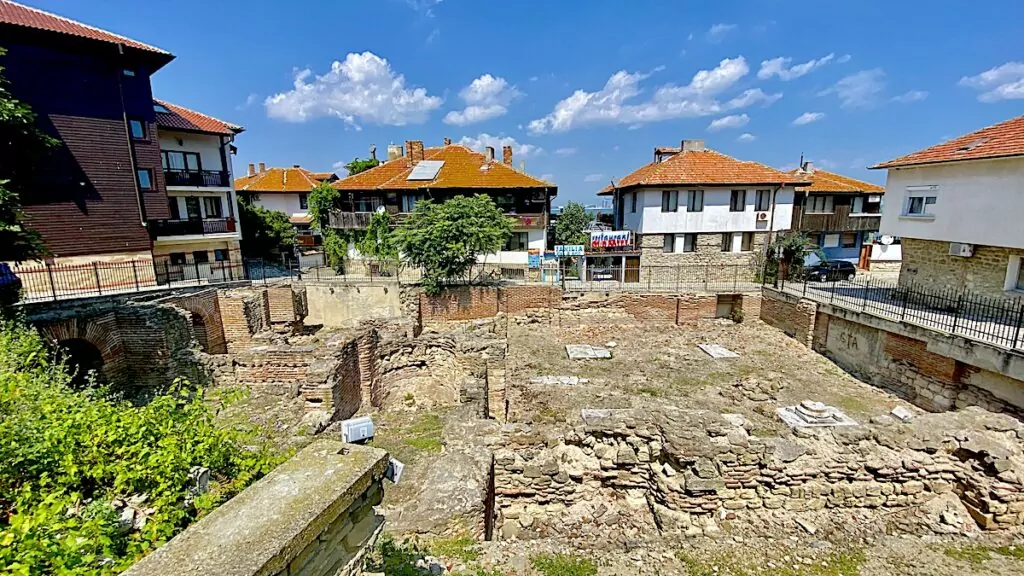
5. Holiday shopping in all the cosy alleys?
Nesebar is not only a historical town but also a holiday resort, and many of the tourists who visit Sunny Beach come here. So it's not surprising that there are plenty of small shops catering for tourists. You'll find things like clothes, bags, hats, jewellery, toys, shells and local crafts.
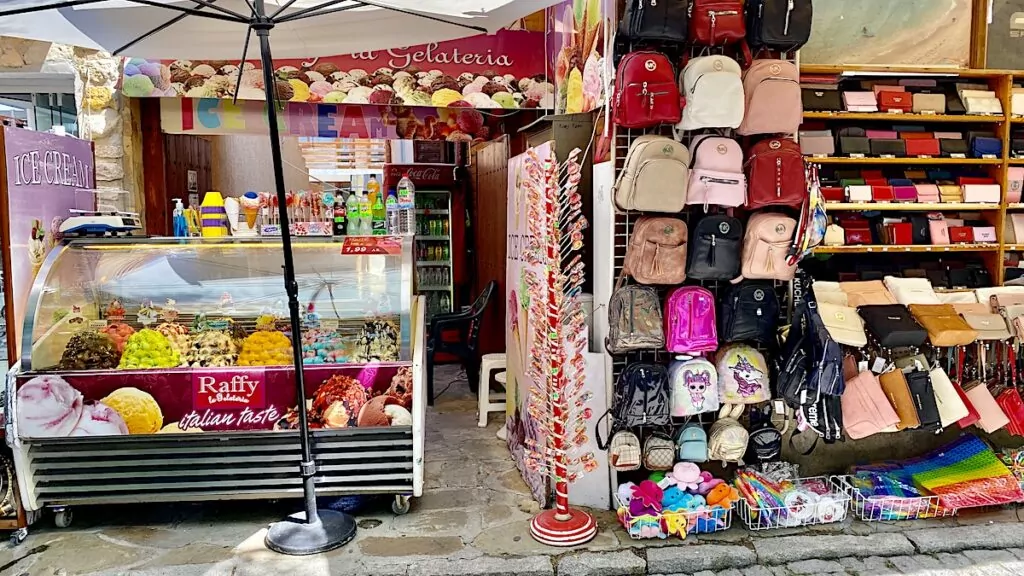
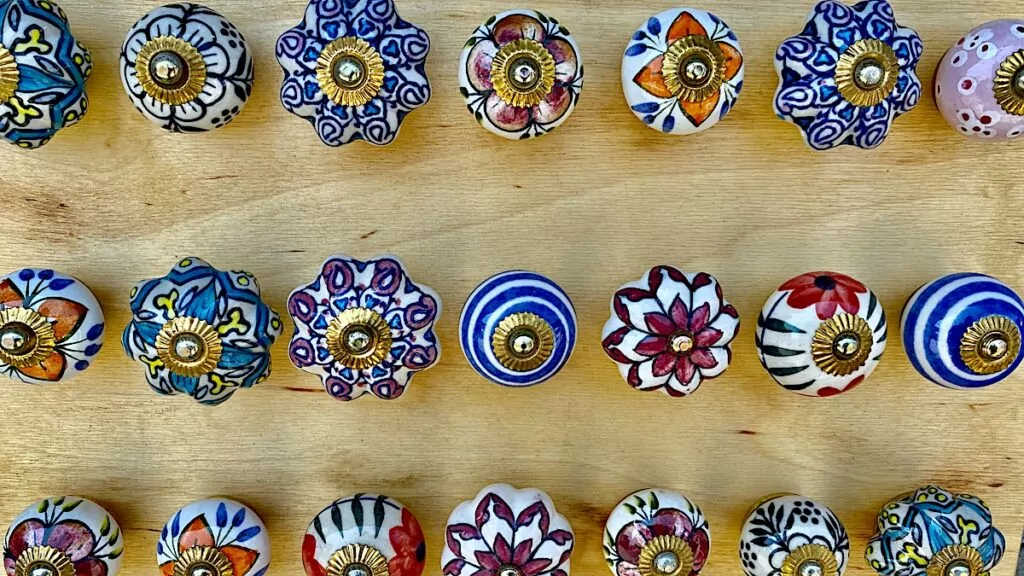
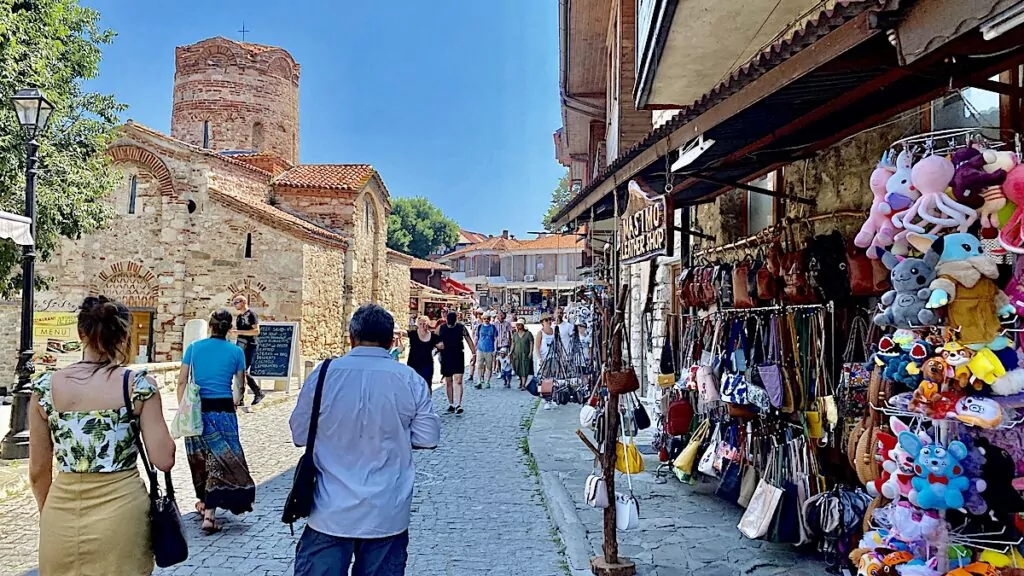
6. Eat seafood at Restaurant Neptune.
There are many restaurants in Nesebar, and we passed several that seemed to have nice outdoor seating. We ate at restaurant Neptun, which has a nice view of the water.
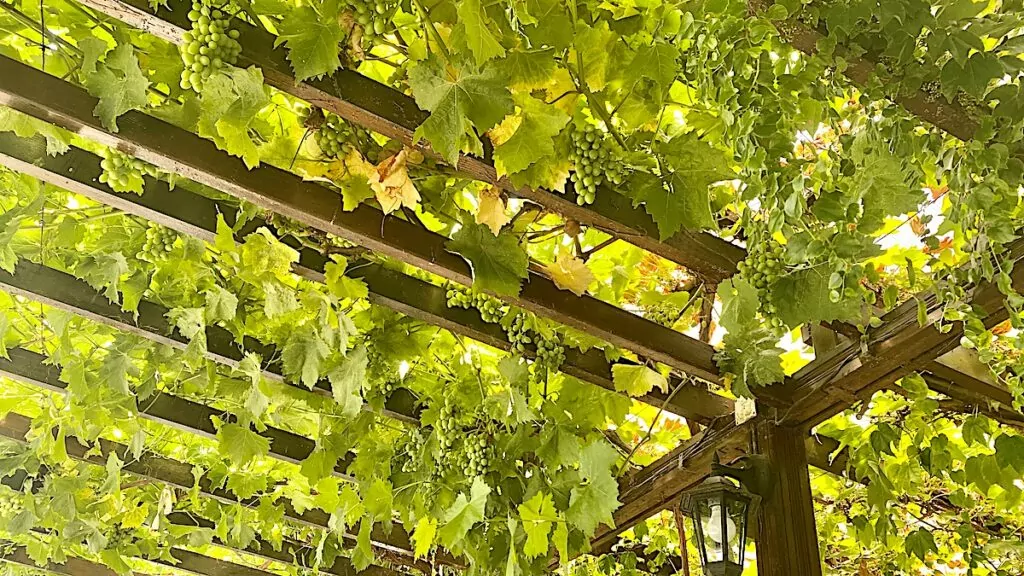
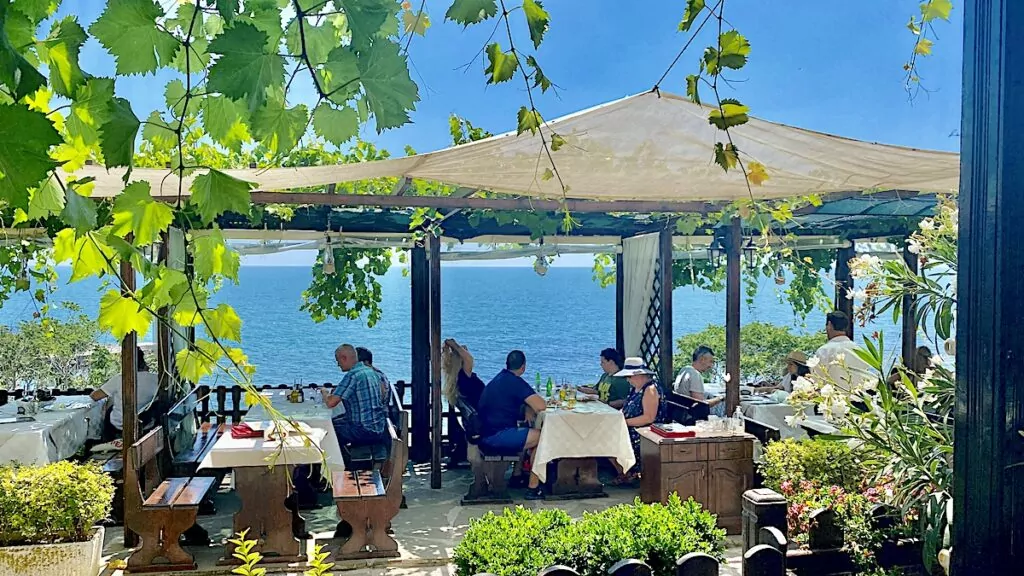
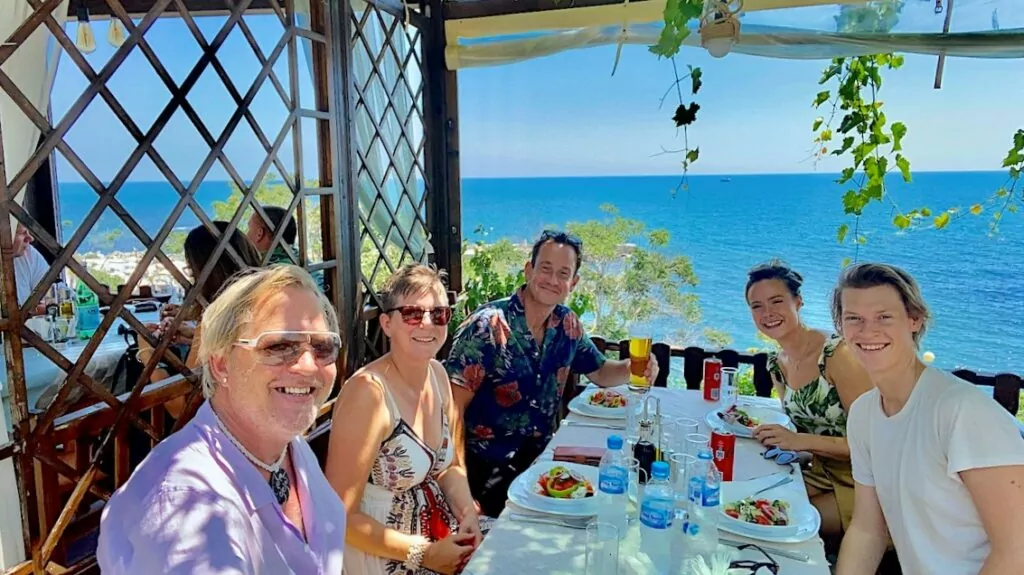
At this restaurant, the focus is on seafood. We started the lunch with a Greek salad and then continued with each plate of fish from the Black Sea. Very good! To finish, we had traditional Bulgarian yoghurt with some kind of pickled figs. It also tasted very good!
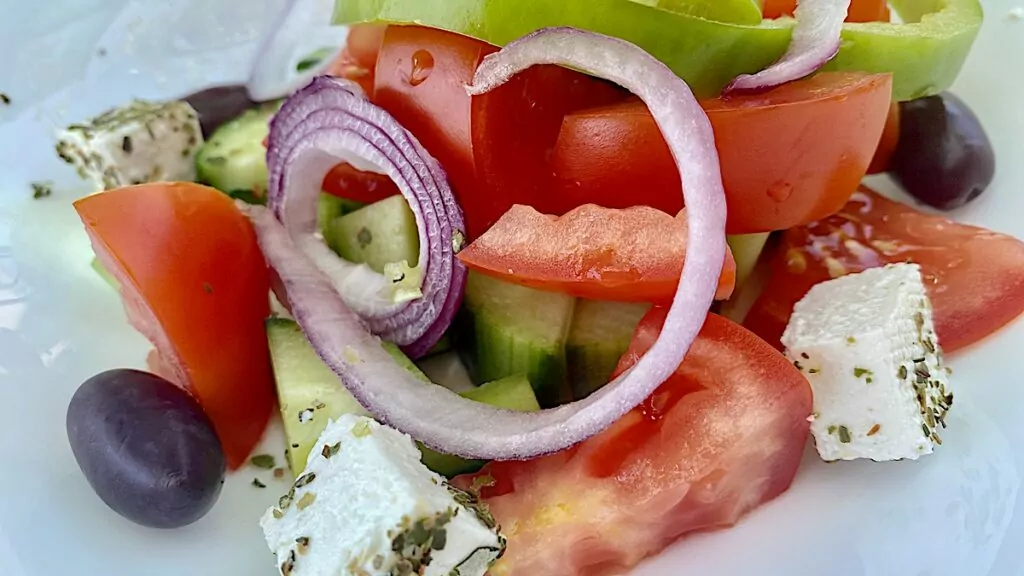
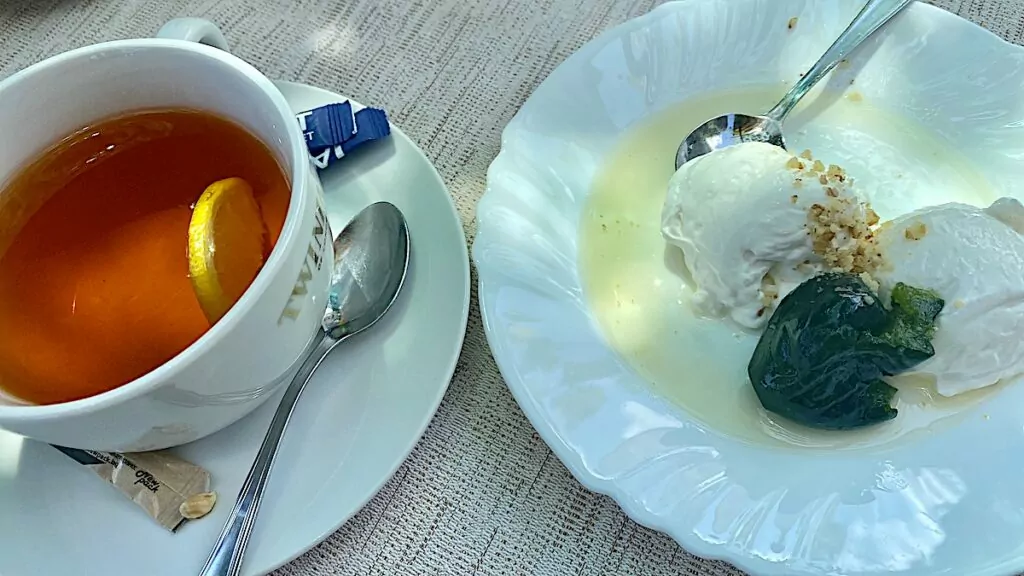
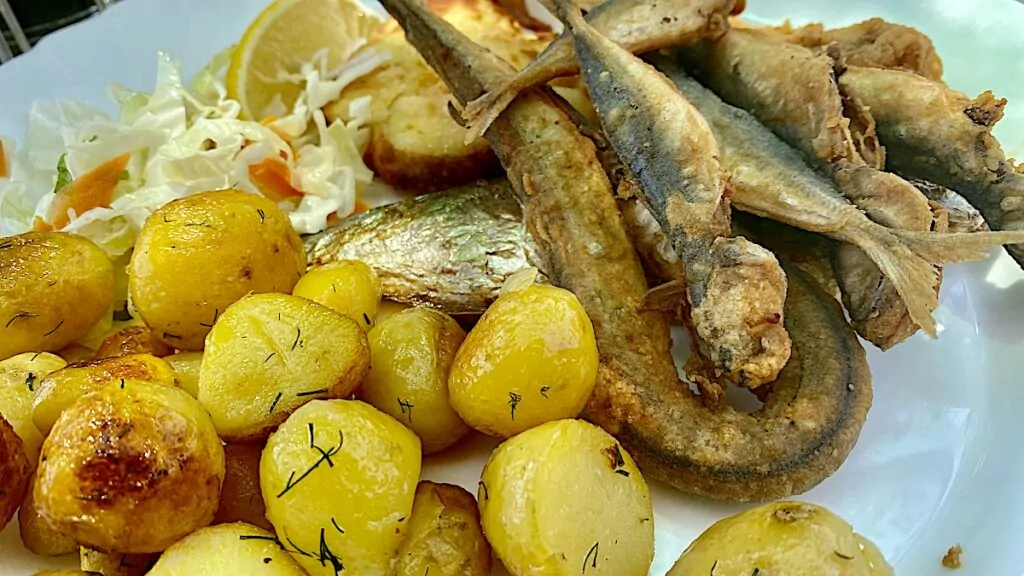
7. Experience the unsanctified church "Church of St John Aliturgetos"
If you haven't had enough of churches, check out the "Church of St John Aliturgetos". This church was built in the 14th century, but according to legend, it was never "sanctified" and therefore got the name "Aliturgetos" (unconsecrated in Greek).
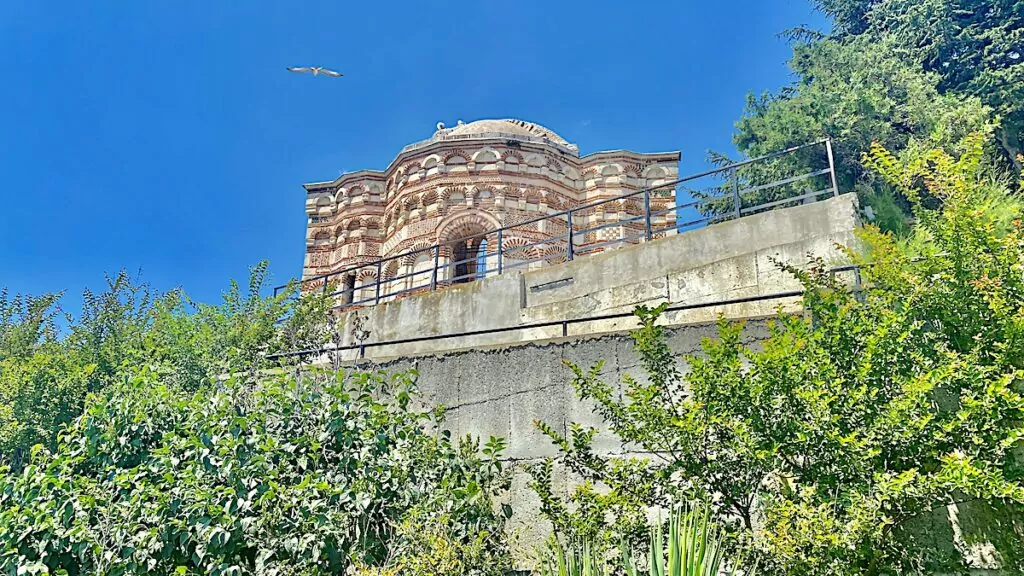
Legend has it that one of the builders fell during construction and was killed, and that a place where someone had been killed could not be used for worship. However, history shows that the church may have been used despite this. The church also has a great view of the Black Sea.
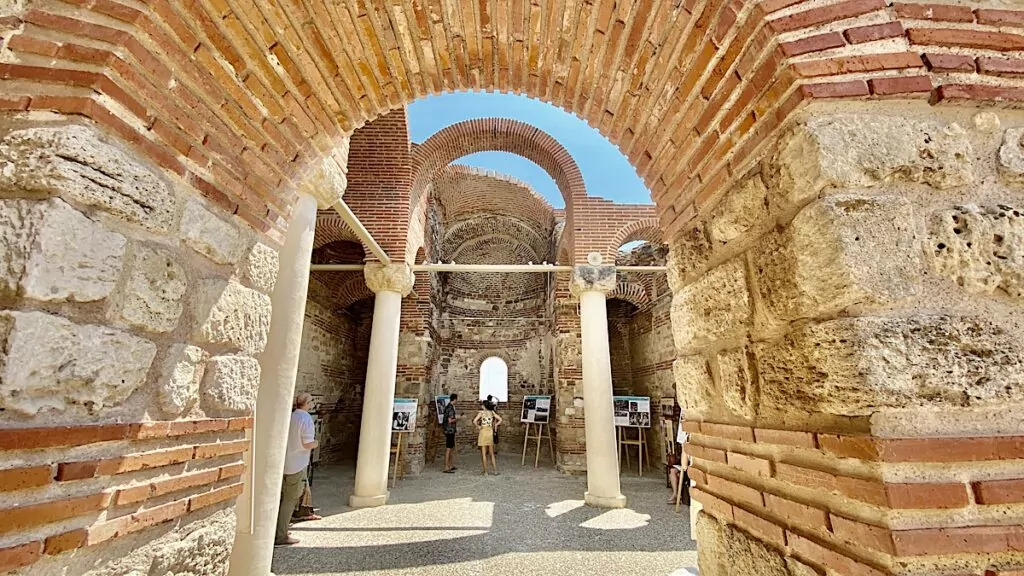
8. Admire the paintings in the Church of St Stephen's.
Just a few metres from the "Church of St John Aliturgetos" is the "Church of St Stephens". This church dates back to the 10th century and is decorated inside with paintings from the 16th century.
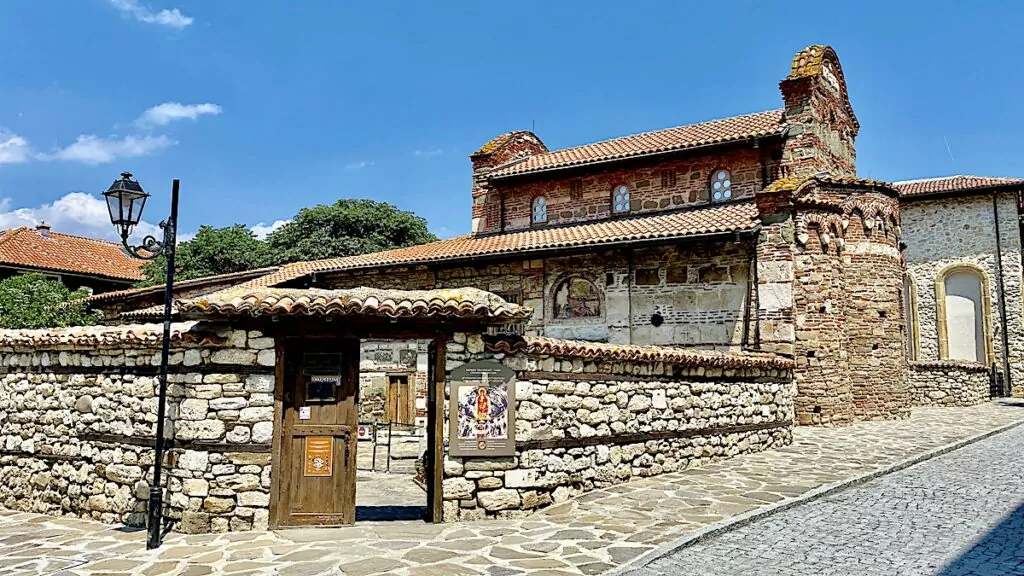
You have to pay a small fee to enter, but it's definitely worth it. Almost the entire church is decorated with paintings, creating a special atmosphere inside the gently lit building. It was difficult to take good photos because of the lighting, but take a look for yourself and you'll see!
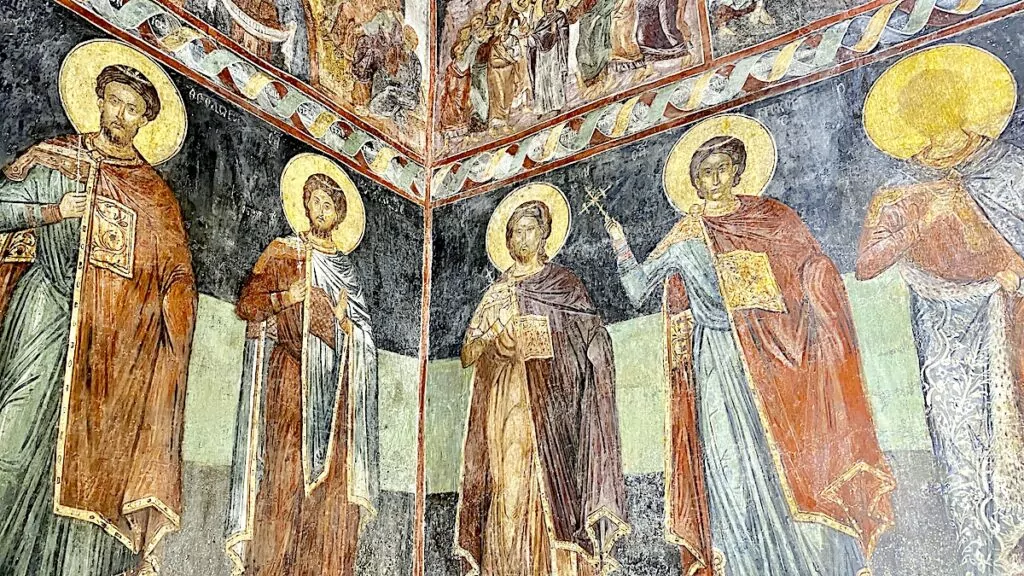
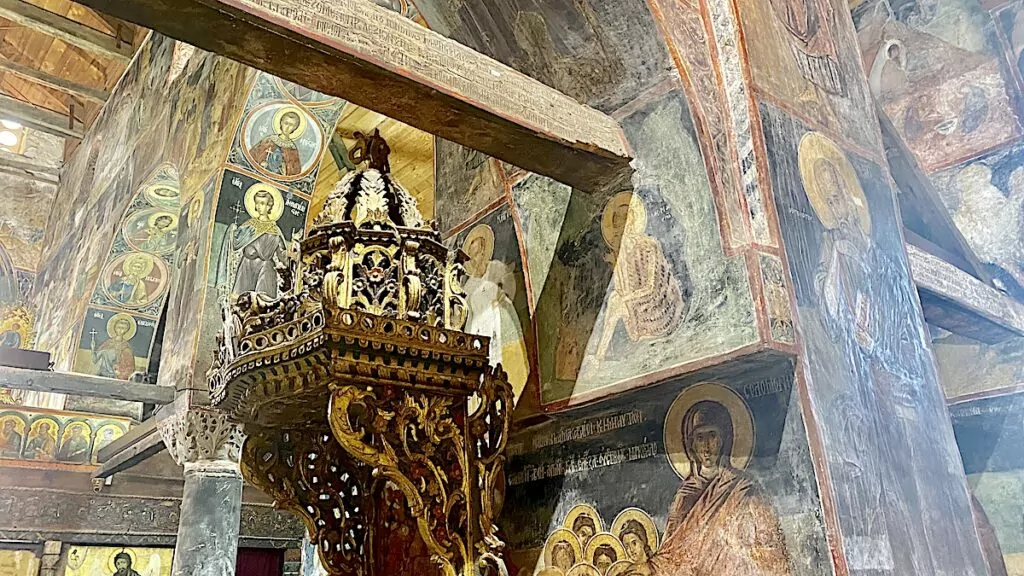
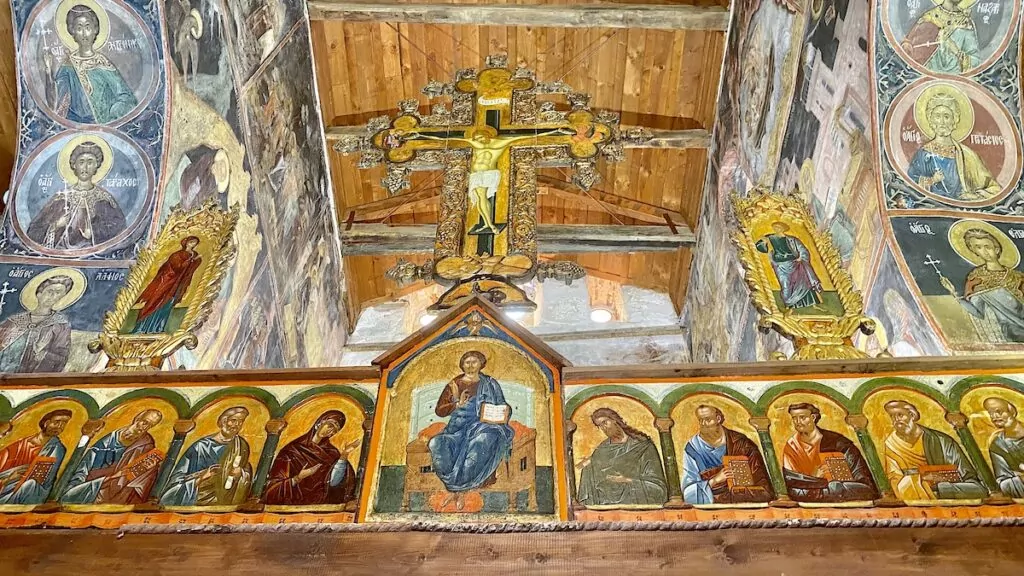
9. Swimming or walking on the beach
Perhaps the most famous beach in all of Bulgaria, Sunny Beach, is just north of Nesebar. But Nesebar also has a beach, and here you can walk along the coast, or perhaps go for a swim.
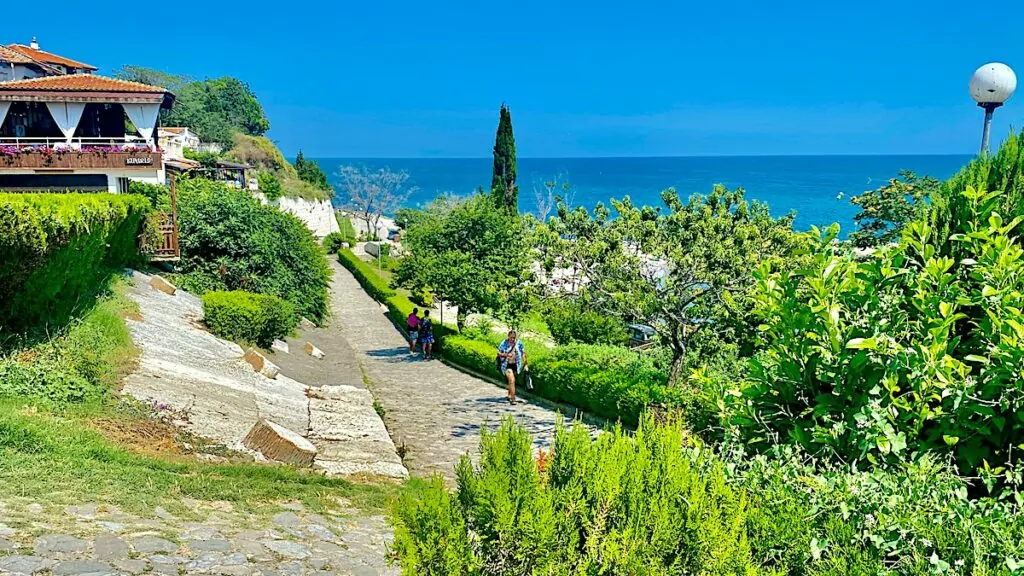
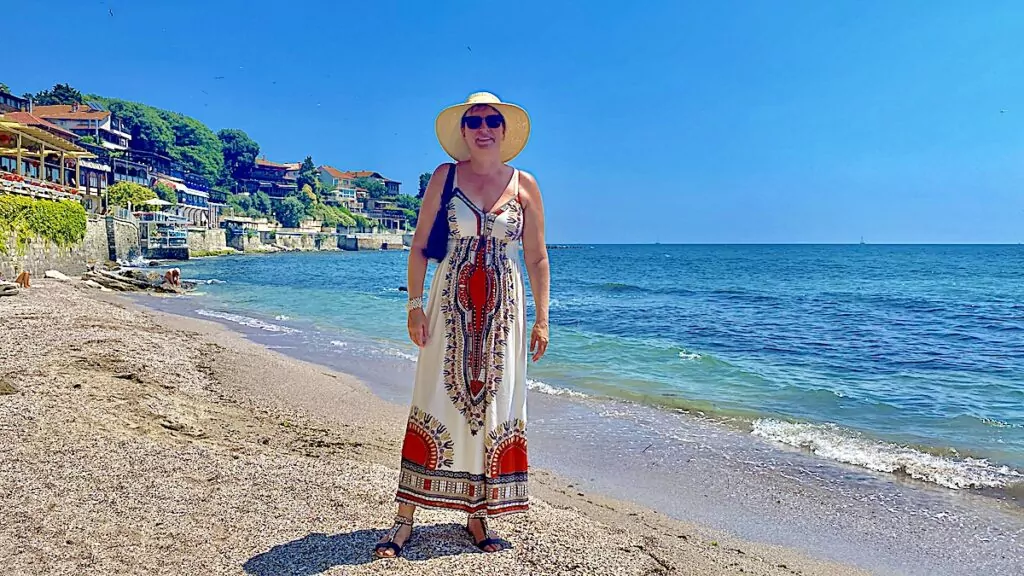
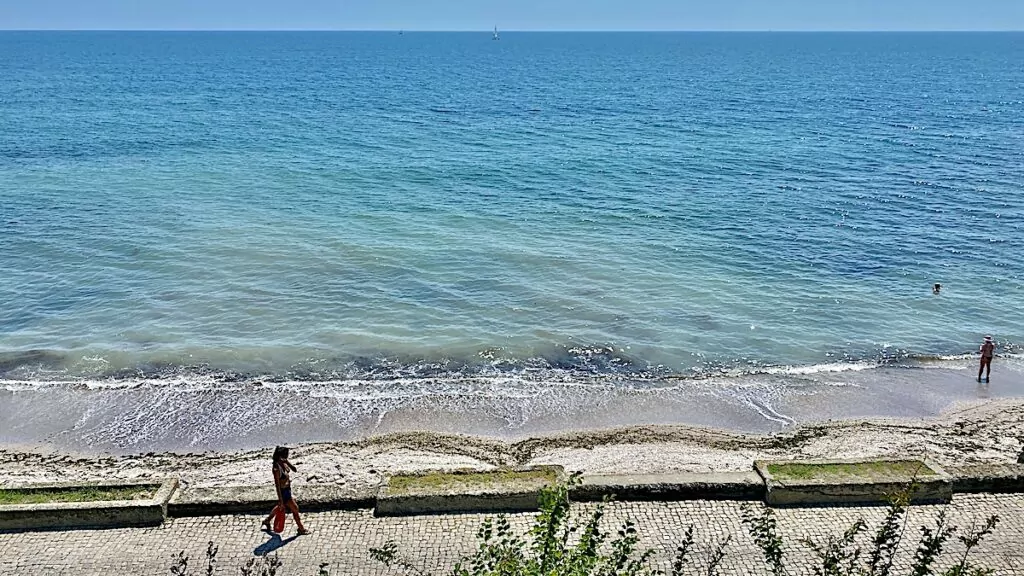
10. Stop at the old windmill
On the narrow road leading to the old town of Nesebar you will find an old windmill from the Ottoman period. Many people stop here to take a picture of the mill or the view.
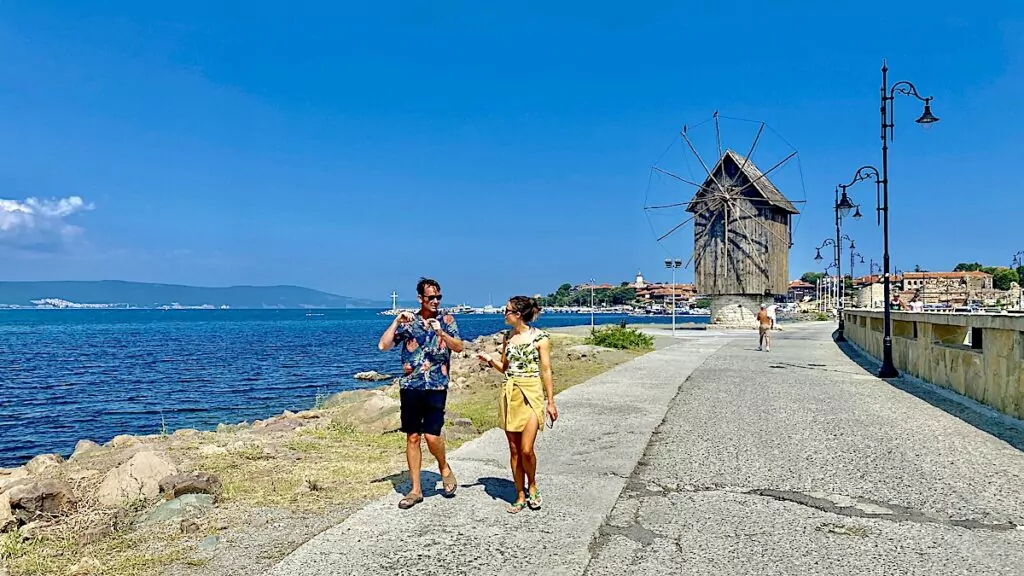
More to see and do in Nesebar
There is of course more to see and do in Nesebar, for those who have more time. Among other things, there is a archaeological museum and in the city there is also "Aquapark Nessebar". For those who like churches, there is also another bunch. In the picture below you can see St John the Baptist Church from the 10th century, where our guide showed us how the walls were built from crushed stone and brick.
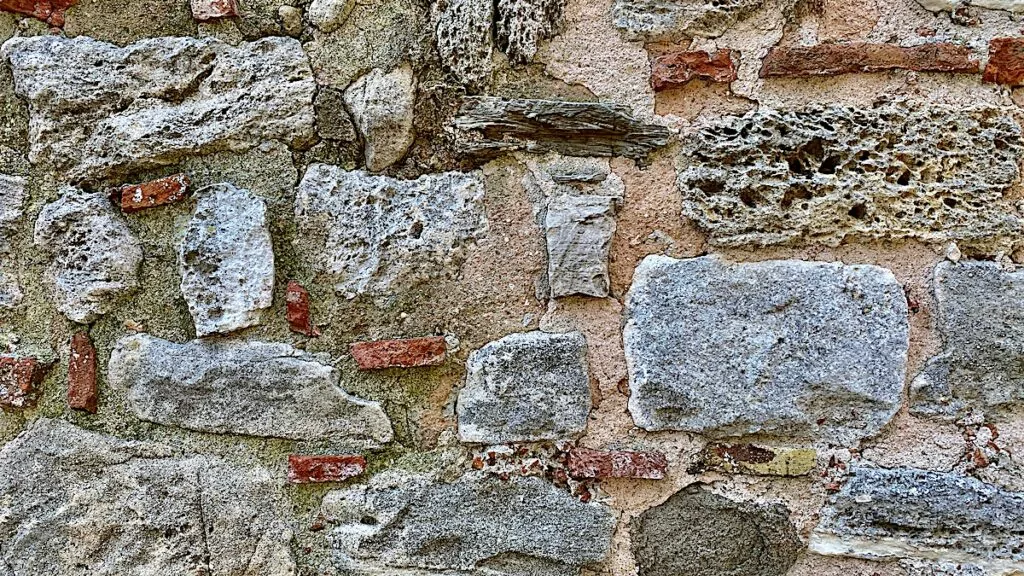
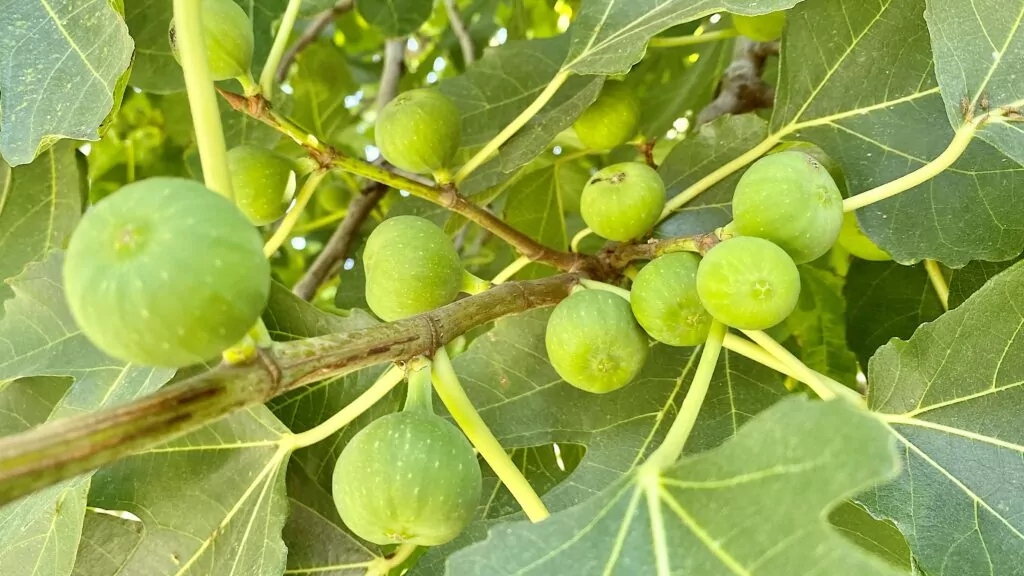
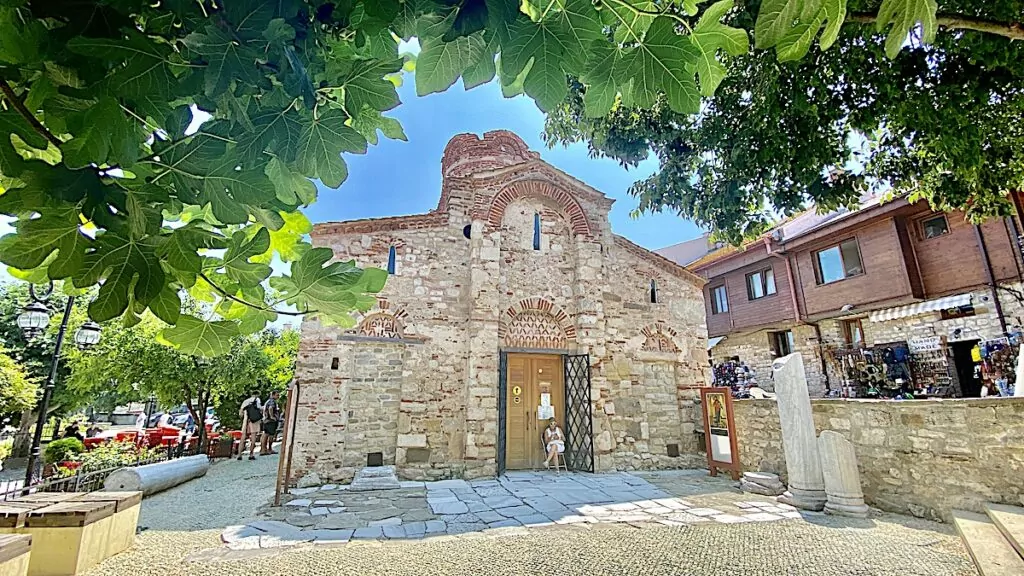
The small church in the following picture is St Spas Church, which was built low and below ground level in the 17th century, as the rules of the time meant that it could not be higher than the horsemen riding past.
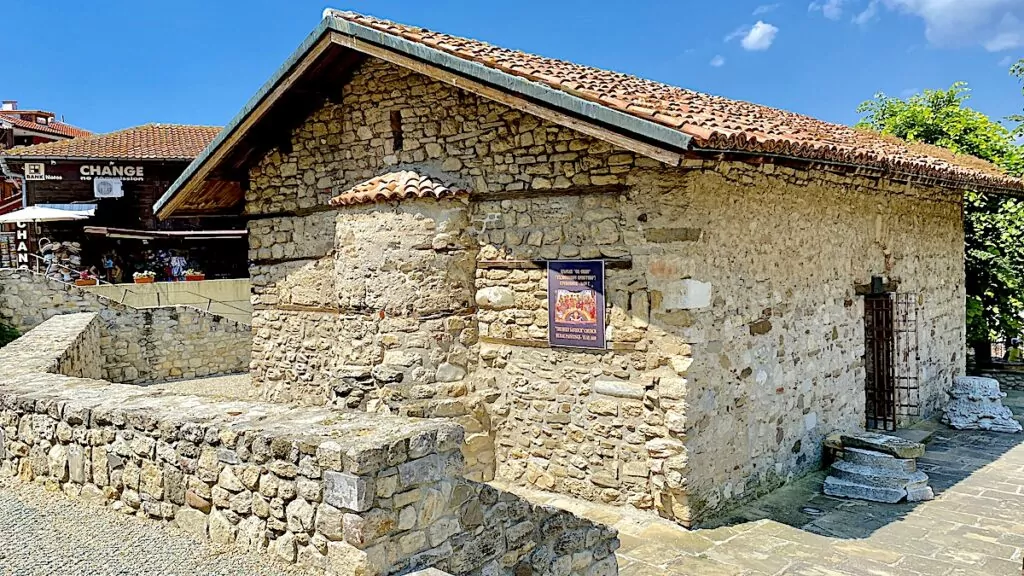
More to see and do in the neighbourhood
Just north of Nesebar is the long and famous sandy Sunny Beach, where today you can find several cool and modern beach bars. If you head south you can visit Burgas and if you continue north you can visit Varna, Bulgaria's third largest city.
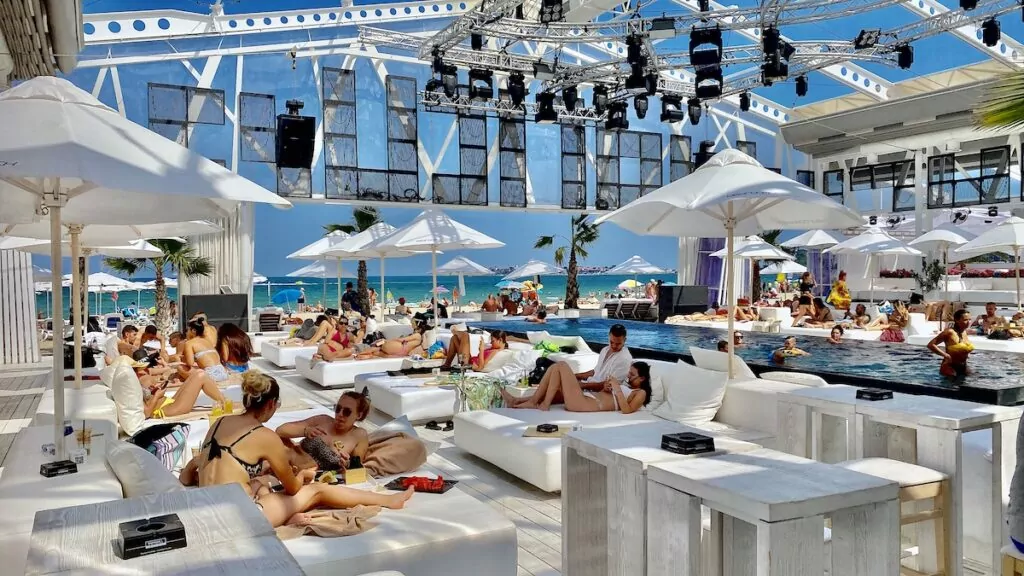
Have you been to Nesebar in Bulgaria? How was your experience? Please tell us!
Facts about Nesebar in Bulgaria
- Country: Bulgaria
- Oblast: Burgas
- Population: More than 12 000 (2015)
- Location: On the Black Sea, just south of Sunny Beach. The old part of the town is located on a peninsula.
- Name: In Bulgarian Несебър. Other spellings are Nesebǎr, Nessebar and Nesebur.
- Read more: You can find more information about Nesebar at Bulgarian Tourist Board.
History in Nesebar
- End of the Bronze Age: The Thracians settled here and called it Mesembria.
- 5th century BC: The city was an important trading centre. Over the years it was conquered by the Romans, Ottomans, Bulgarians and the Byzantine Empire.
- 9th century: The city became part of the First Bulgarian Empire under Krum of Bulgaria, was reconquered by the Byzantine Empire and then by Simeon I of Bulgaria.
- 12th to 13th century: The city played an important role under the rule of Tsar Kaloyan, then Ivan Asen II and later Constantine Tih.
- 14th century: The city flourished under Tsar Ivan Alexander. During the Second Bulgarian Empire, Bulgarian and Byzantine forces again fought over the city.
- 1453: The city was conquered by the Ottoman Empire.
- 1878: After the Russo-Turkish War, the city became part of the autonomous Ottoman province of Eastern Rumelia.
- 1885: The city became part of the Principality of Bulgaria.
- 1983: The old town of Nesebar was inscribed on the UNESCO World Heritage List.
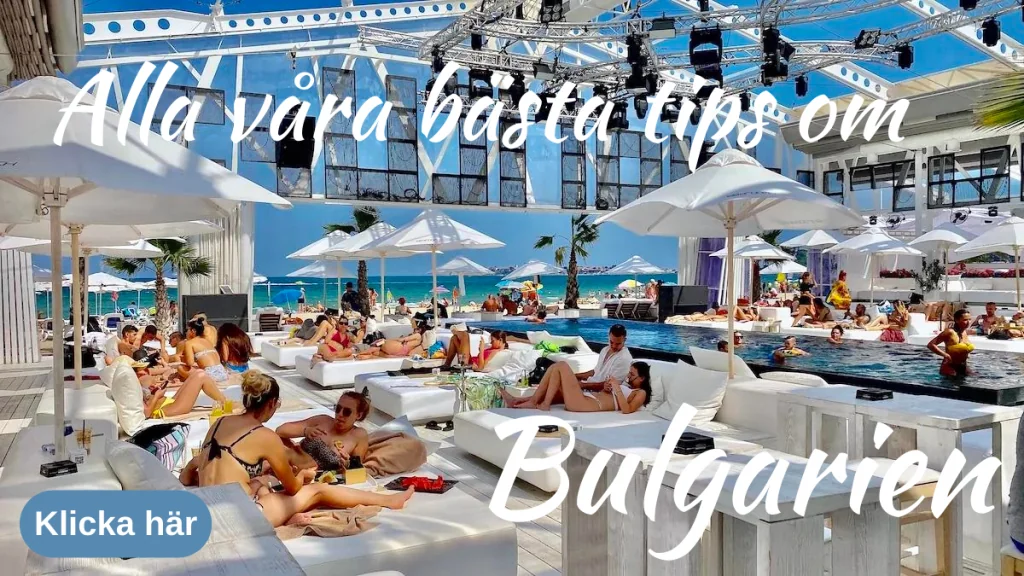


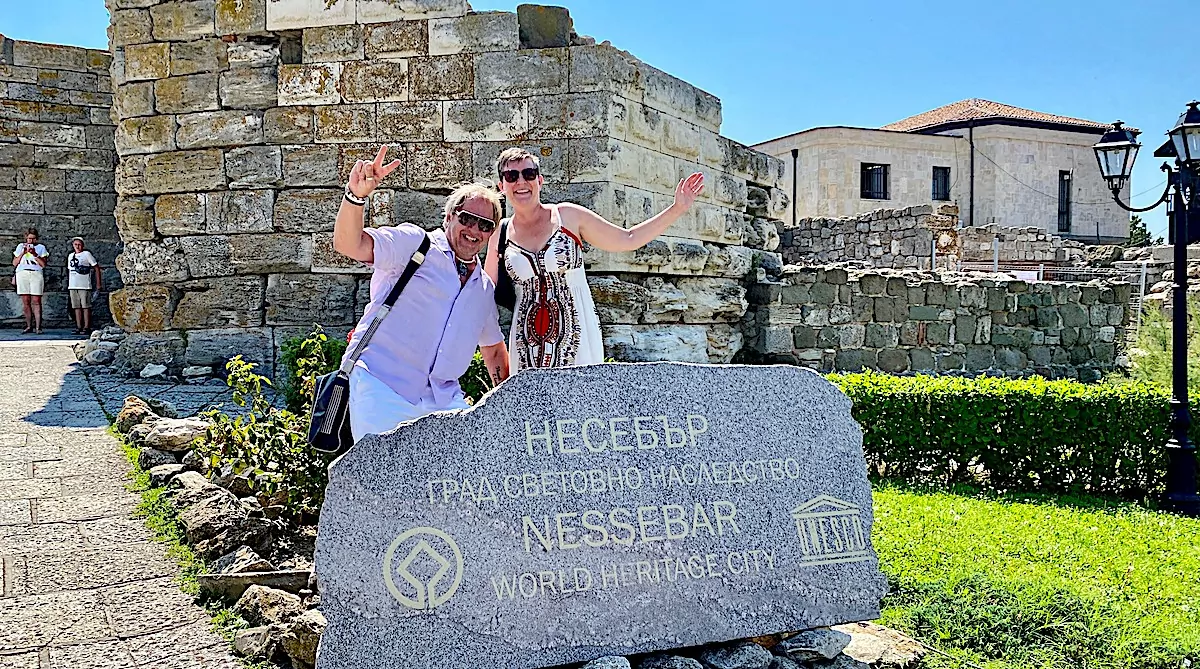






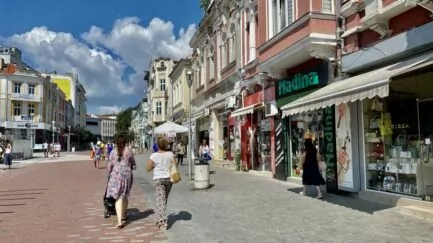
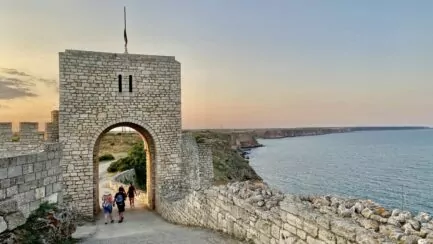
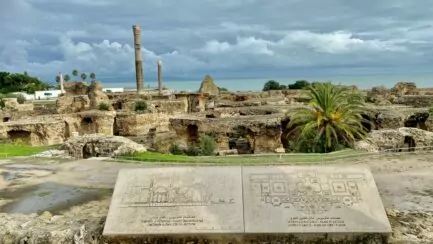
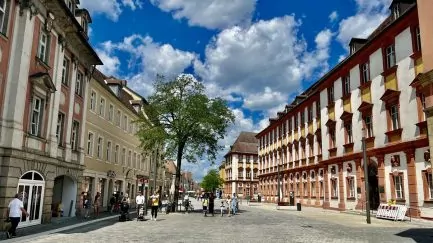
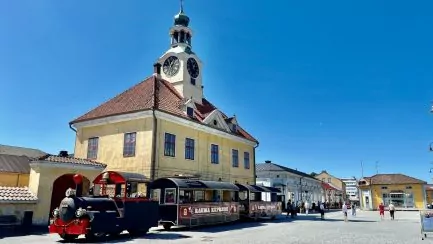
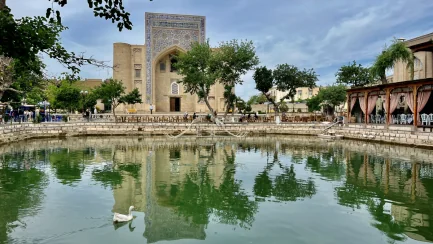



Johnny Friskilä says:
There were a lot of churches there! But yes, I remember Nessebar. Went on a last minute trip to Bulgaria in the summer of 2000 (help, 21 years ago) and stayed in a small hotel in Sunny Beach. Next door was a family restaurant that served the world's best soups for 1 leva per portion. In Nessebar I spent one day.
28 July 2021 - 10:11
Helena says:
Glad you were here, and perfect when you find those lovely family restaurants that serve good food for a small amount of money! Prices have certainly risen since then, but Bulgaria is still very affordable!
29 July 2021 - 9:17
bmlarstravellingblog says:
It seems that Bulgaria has developed incredibly as a tourist country in the last 20 years. Of course, it is tempting to visit there, but we probably have quite a few wishful countries that are higher on the wish list!
28 July 2021 - 14:05
Helena says:
Yes, it feels like a lot has happened in Bulgaria! But understands exactly what you mean, there are always many countries that attract 🙂.
29 July 2021 - 9:18
BP says:
Strangely enough, I recognise myself in Nessebar's old neighbourhoods. Even the food I recognise - strangely enough;-)
28 July 2021 - 20:01
Helena says:
Haha, not so strange maybe? And yes, the food here felt quite traditional so I guess it hasn't changed too much 😉.
29 July 2021 - 9:19